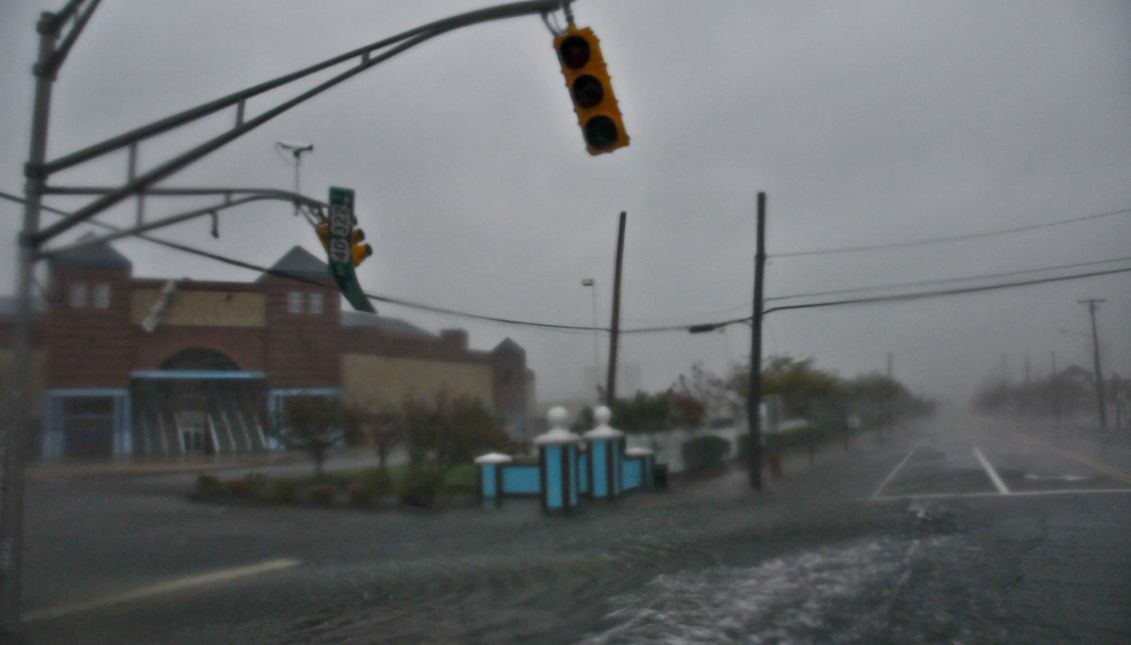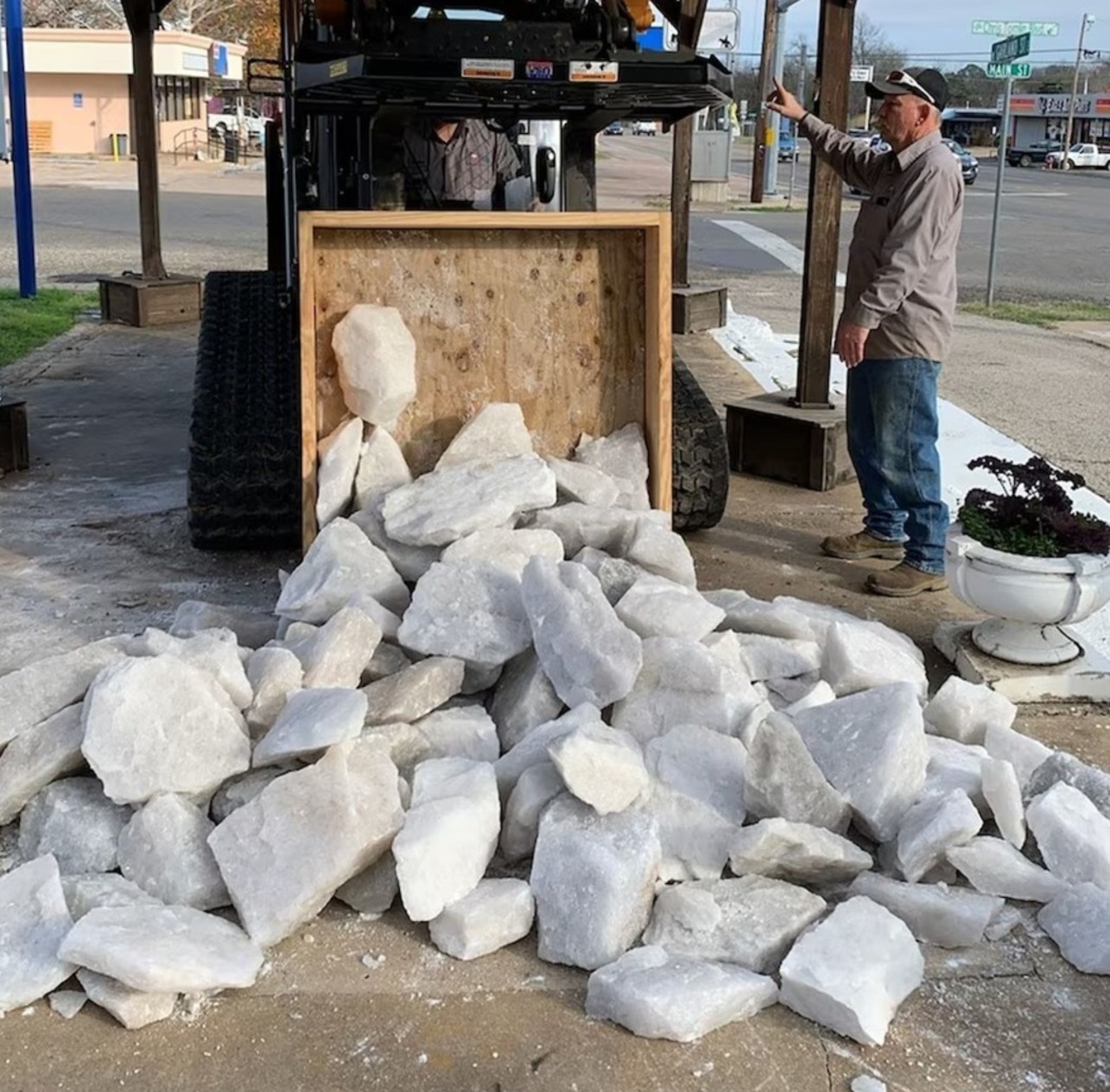
Atlantic City and Miami Beach: two different strategies to handle sea level rise
When Hurricane Sandy crunched into the East Coast in 2012, Atlantic City was aware of the dangers of flooding. Because Sandy was just the headline act among increasingly common flooding events that are gnawing away at the thin island upon which the city sits, as reported in The Guardian.
Floodings have increased seven-fold in Atlantic City since the 1950s, according to the National Oceanic and Atmospheric Administration, and are spurred by rainfall or simply a spring tide abetted by unhelpful gusts of wind. it is the result of the rising ocean, fed by melting glaciers and the expansion of warming water, that is piling up water along America’s entire eastern seaboard.
With no overarching national sea level rise plan, and low commitment from states, many coastal communities are left to deal with the encroaching seas themselves.
CONTENIDO RELACIONADO
Today, there are about 40,000 people living in Atlantic City, a city that faces a crisis in casino tourism and has seen poverty grow. The sustainability of Atlantic City consumes the thoughts of Elizabeth Terenik, the city’s spry planning director. Terenik is plotting new sea walls, a curb on new development in flood-prone areas and an underground canal that can funnel away storm water. But the main problem is funding.
In Miami Beach, Funding isn’t such a problem. While it shares much of Atlantic City’s bygone glory with its art deco grandeur and former celebrity playground status, Miami Beach – linked by causeways to the mainland city of Miami – has managed to retain much of the wealth that has allowed it to hurl money at the sea level rise problem.
Miami Beach is spending $400m on a network of pumps, sea walls and raised streets in order to beat the tides. One vulnerable neighborhood, Sunset Harbor, has had its streets raised by 2ft at a cost of over $30m. All over the island, predominantly in the wealthier neighborhoods where properties go for $10m or more, streets are being torn up.
Read the full story in The Guardian










DEJE UN COMENTARIO:
¡Únete a la discusión! Deja un comentario.